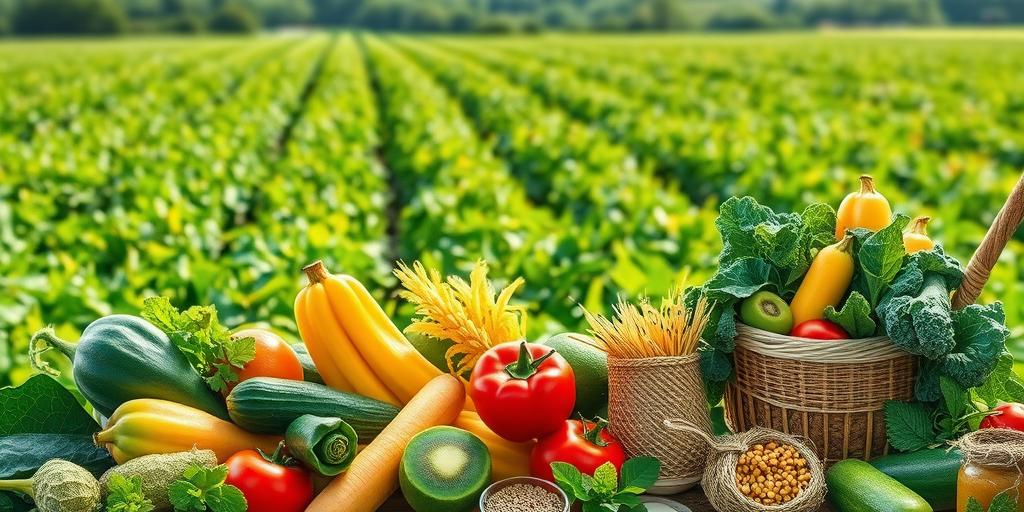The Rise of Organic Food: A 20-Year Revolution
Over the past two decades, the organic food industry has transformed from a niche market into a significant force in the global food economy. This article explores the key milestones, driving factors, and impacts of this revolution.
Defining Organic
Organic food production adheres to specific standards that prioritize sustainability, environmental health, and animal welfare. Key characteristics include:
- No synthetic pesticides or fertilizers: Organic farming relies on natural methods to control pests and enrich soil.
- No genetically modified organisms (GMOs): Organic standards prohibit the use of GMOs.
- Humane animal treatment: Organic livestock standards require access to pasture, healthy living conditions, and natural diets.
- Soil health and biodiversity: Organic practices aim to improve soil fertility and promote biodiversity.
Key Milestones
- Early 2000s: Establishment of National Organic Standards: The USDA's National Organic Program (NOP), established in 2002, provided a consistent definition of "organic" in the United States, fostering consumer trust.
- Mid-2000s: Increased Consumer Awareness: Growing awareness of the health and environmental impacts of conventional agriculture fueled demand for organic products.
- Late 2000s: Mainstream Adoption: Major food retailers began stocking organic products, making them more accessible to the average consumer.
- 2010s: Growth and Innovation: The organic industry experienced rapid growth, with new products and innovative farming techniques emerging.
- 2020s: Continued Expansion and Challenges: Organic food continues to gain market share, but faces challenges such as supply chain constraints and price premiums.
Driving Factors
Several factors have contributed to the rise of organic food:
- Health Concerns: Consumers are increasingly concerned about the potential health risks associated with pesticides and GMOs.
- Environmental Awareness: Growing awareness of the environmental impacts of conventional agriculture has driven demand for sustainable alternatives.
- Ethical Considerations: Consumers are increasingly interested in supporting farming practices that prioritize animal welfare and social justice.
- Taste and Quality: Some consumers believe that organic food tastes better and is of higher quality than conventionally grown food.
Impacts
The rise of organic food has had several significant impacts:
- Environmental Benefits: Organic farming practices reduce pollution, conserve water, and promote biodiversity.
- Economic Opportunities: The organic industry has created new economic opportunities for farmers and businesses.
- Improved Public Health: Studies suggest that consuming organic food may reduce exposure to pesticides and improve nutrient intake.
- Shifting Agricultural Practices: The success of organic farming has encouraged some conventional farmers to adopt more sustainable practices.
Challenges and Future Directions
Despite its success, the organic food industry faces several challenges:
- Price Premiums: Organic food is often more expensive than conventionally grown food, limiting its accessibility to some consumers.
- Supply Chain Constraints: Meeting the growing demand for organic food requires a robust and reliable supply chain.
- Certification Costs: The cost of organic certification can be a barrier for small farmers.
Looking ahead, the organic food industry is likely to continue to grow, driven by increasing consumer demand and technological innovations. Addressing the challenges of price, supply chain, and certification will be crucial to ensuring that organic food becomes more accessible and sustainable in the years to come.









